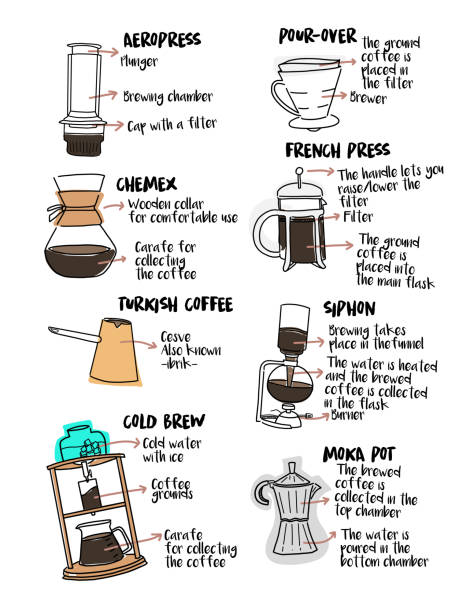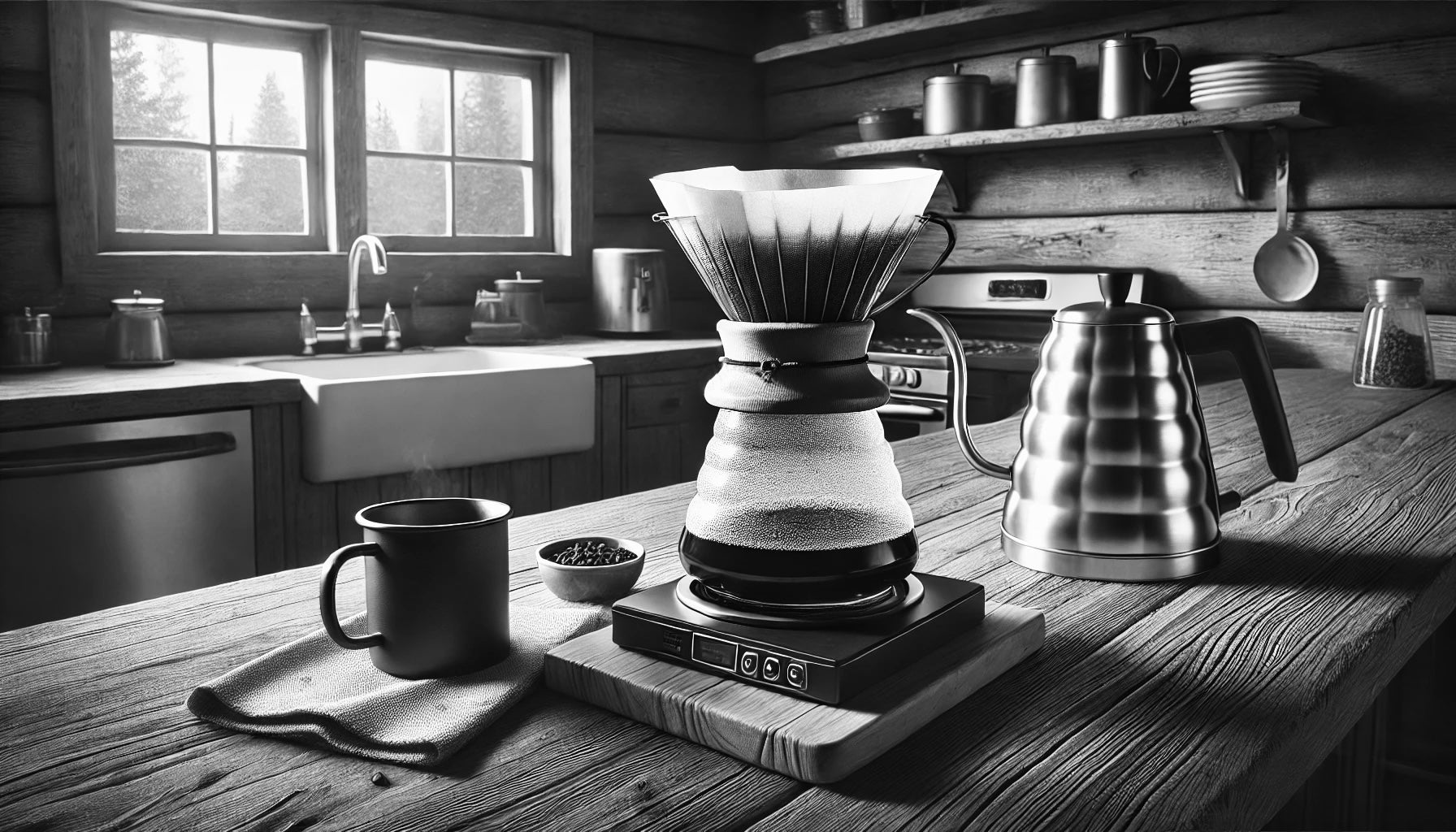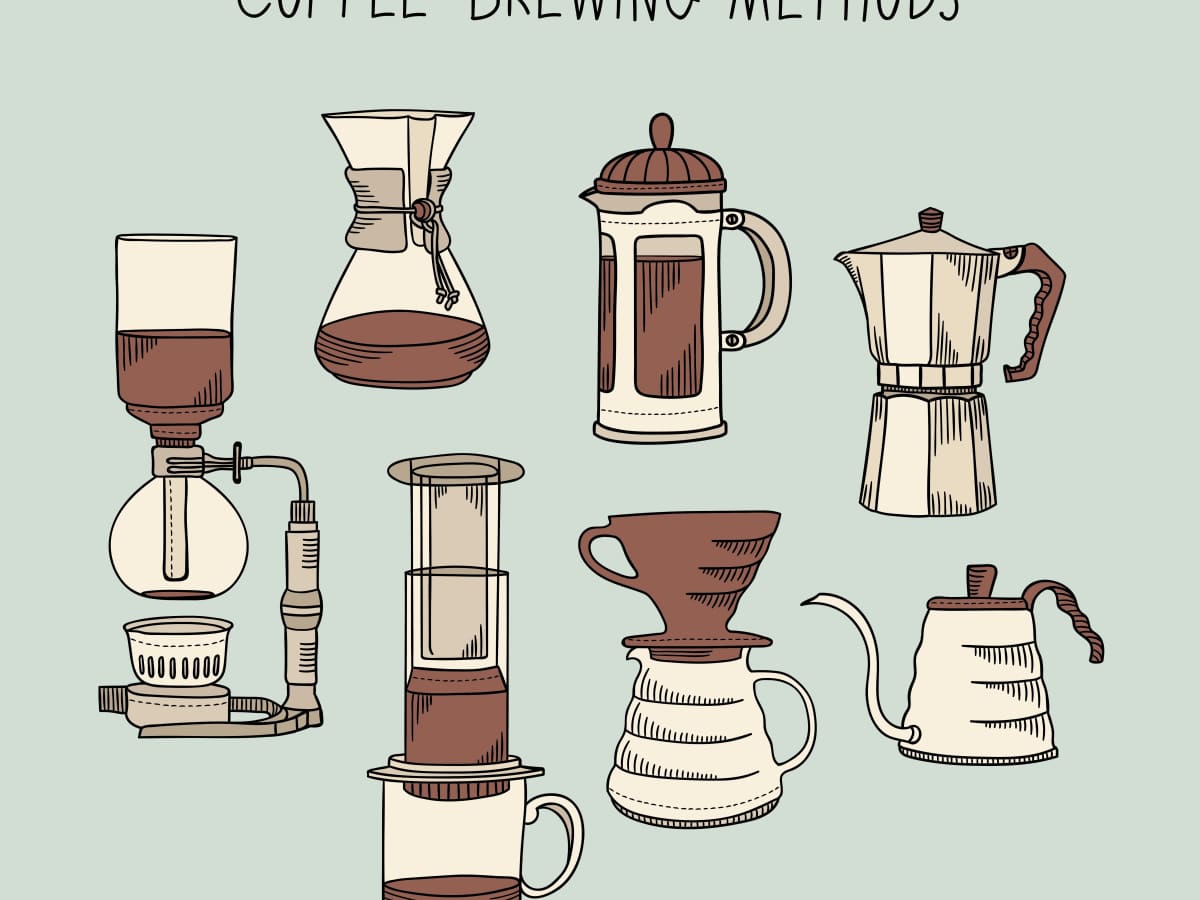Understanding Coffee Brewing Methods: Vital Techniques for each Coffee Lover
Understanding Coffee Brewing Methods: Vital Techniques for each Coffee Lover
Blog Article
Comprehending Various Coffee Brewing Techniques for a Richer Flavor Experience
A comprehensive understanding of different coffee brewing methods can profoundly affect your flavor experience, exposing the intricate nuances of this beloved drink. Each technique-- whether it be the straightforward drip coffee machine, the immersive French press, or the accurate pour-over-- supplies distinctive benefits that satisfy diverse tastes. Moreover, progressed approaches like espresso removal and cool brewing further broaden the spectrum of tastes offered. As you take into consideration which come close to best matches your preference preferences, the question stays: how do these methods affect the final mug, and which might raise your coffee experience to new elevations?
Drip Coffee Machine
While many coffee fanatics value the nuances of different brewing methods, the drip coffee machine remains a staple in workplaces and houses as a result of its simpleness and performance. This appliance operates by home heating water and allowing it to move via coffee grounds, extracting oils and flavors, which after that drip into a carafe listed below.
The drip coffee machine is preferred for its capacity to brew numerous cups at once, making it suitable for busy mornings or celebrations. Users can quickly customize the toughness of their coffee by readjusting the quantity of coffee premises used or selecting a brew strength establishing found in several modern-day equipments. Furthermore, programmable attributes allow customers to set a timer, making certain a fresh pot of coffee prepares upon waking.
Maintenance is relatively uncomplicated, as most drip coffee manufacturers need periodic cleaning to eliminate mineral build-up. Several versions are additionally equipped with functions such as car shut-off, which enhances security and power efficiency. Eventually, the drip coffee machine offers a user-friendly and dependable alternative for those seeking a constant and delightful coffee experience without the complexities of more elaborate developing methods.

French Press
The French press offers an unique developing experience that contrasts dramatically with the automatic process of a drip coffee maker. This manual method enables an intimate interaction with the coffee-making process, providing individuals better control over numerous specifications, such as steeping time, coffee-to-water proportion, and grind size.
To make coffee using a French press, coarsely ground coffee beans are soaked in hot water for about 4 mins. This immersion strategy extracts abundant oils and tastes from the coffee, causing a full-bodied beverage that highlights the subtleties of the beans made use of. The steel or nylon mesh filter of the French press enables essential oils to remain in the mixture, adding to its durable taste profile.
When making use of a French press, it is vital to take notice of the brewing time and water temperature, as these aspects substantially influence the final taste. Experimentation with various coffee ranges and steeping durations can result in a customized taste experience. Generally, the French press is a rewarding and available method for coffee enthusiasts seeking to grow their recognition for the intricacies of their favored beverage.
Pour-Over Techniques
Pour-over strategies elevate the coffee developing experience by permitting specific control over every element of the process, from water temperature level to pouring strategy. This method involves by hand pouring warm water over coffee premises in a filter, Web Site normally located in a dripper, which enables ideal extraction of tastes.
To start, selecting the right coffee grind is critical; a medium to medium-fine work functions best to make sure appropriate water flow and extraction (coffee brewing methods). Next, water temperature level should preferably vary between 195 ° F and 205 ° F, as this array draws out the very best flavors without heating the coffee
The putting technique also plays an important function. A sluggish, round motion when saturating the grounds can assist uniformly essence oils and tastes. It's frequently advised to permit the coffee to flower for 30 seconds after the initial pour, which allows carbon dioxide retreat and improves taste advancement.
Coffee Machines
For those seeking a various yet just as rewarding brewing experience, espresso machines use an unique method of coffee prep work that highlights stress extraction. This process entails forcing warm water through finely-ground coffee at about 9 bars of pressure, leading to a redirected here focused shot of coffee that showcases abundant tastes and fragrances.

The top quality of coffee is affected by a number of variables, including grind size, dosage, water temperature, and removal time. Achieving the ideal espresso shot calls for practice and interest to information. In addition, the espresso works as a base for different coffee drinks, such as lattes, coffees, and Americanos, making it a flexible choice for coffee lovers.

Cold Mixture Approaches
Cold brew coffee has actually acquired appeal for its smooth, low-acidity profile and rejuvenating taste, making it a perfect option for warm weather condition or those conscious traditional developing techniques - coffee brewing methods. The process of cold brewing commonly includes steeping coarsely ground coffee beans in cold or area temperature water for a prolonged period, generally 12 to 24 hr. This approach essences tastes differently than warm water, resulting in a rich, intricate mixture that highlights fruity and chocolatey notes
There are numerous cold brew methods available, including immersion and drip developing. The immersion approach is one of the most straightforward; merely combine coffee and water in a container, allow it high, and afterwards strain the premises. On the other hand, the drip method makes use of a customized coffee manufacturer to gradually trickle water through coffee premises, permitting a more controlled removal process.
No matter the approach selected, the coffee-to-water ratio is essential, typically advised at 1:4 for a concentrated brew that can be weakened with water or milk before offering (coffee brewing methods). Cold mixture can be offered over ice, blended with flavored syrups, or used as a base for different coffee beverages, offering adaptability and an unique taste experience
Verdict
In verdict, discovering numerous coffee brewing approaches dramatically improves the taste experience. Engaging with these diverse developing processes not just enhances admiration for coffee's intricacy but additionally empowers individuals to customize their coffee enjoyment according to individual preferences.
Users can quickly customize the toughness of their coffee by readjusting the quantity of coffee grounds used or choosing a brew stamina setting located in numerous modern-day machines. Eventually, the drip coffee manufacturer uses a dependable and straightforward choice for those looking for a consistent and enjoyable coffee experience without the complexities of more intricate developing approaches.
To make coffee making use of a French press, coarsely ground coffee beans are soaked in hot hop over to here water for roughly four mins. On the other hand, the drip technique makes use of a specialized coffee manufacturer to slowly trickle water with coffee grounds, enabling for a more controlled removal process.
Engaging with these diverse brewing processes not just improves gratitude for coffee's intricacy but also equips individuals to customize their coffee pleasure according to individual preferences.
Report this page